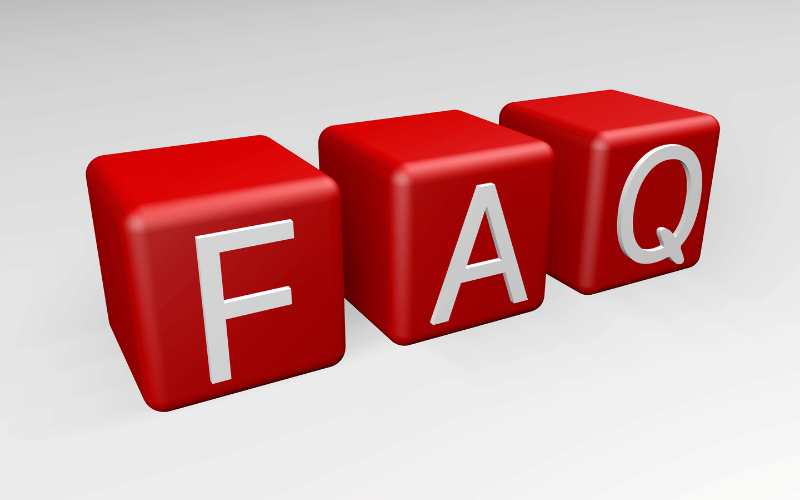FAQ: Frequently Asked Questions About Retrognathia

1: Can retrognathia affect a person’s ability to use a CPAP machine for sleep apnea?
Yes, retrognathia can impact the fit and comfort of a Continuous Positive Airway Pressure (CPAP) machine, which is commonly used to treat sleep apnea. A recessed jaw may require customized mask fitting or alternative therapies to ensure effective treatment and comfort.
2: Is retrognathia always hereditary, or can it develop over time due to habits or other conditions?
While retrognathia can be hereditary, it isn’t exclusively a genetic condition. Habits like thumb-sucking or prolonged use of a pacifier in childhood can influence jaw development. Additionally, conditions such as temporomandibular joint disorders (TMJD) can alter jaw positioning over time.
3: Can losing weight improve the symptoms of retrognathia, particularly those related to sleep apnea?
Weight loss can improve sleep apnea symptoms for some individuals. While it won’t change the jaw’s structure, reducing neck fat can decrease the pressure on the airway during sleep, which may be beneficial for people with retrognathia experiencing sleep apnea.
4: Does retrognathia increase the risk of dental decay or gum disease?
Retrognathia itself doesn’t directly cause dental decay or gum disease, but it can lead to misalignment of teeth, which may make oral hygiene more challenging. This can increase the risk of dental problems if proper care isn’t taken.
5: Can retrognathia be detected in early childhood, and if so, how is it managed in young children?
Yes, retrognathia can often be detected in early childhood by a pediatric dentist or orthodontist. Management strategies may include monitoring the child’s growth, myofunctional therapy, or early orthodontic intervention to guide proper jaw development.
Conclusion: Embracing a Comprehensive Understanding of Retrognathia
In the landscape of maxillofacial anomalies, retrognathia emerges as a multifaceted condition that goes beyond aesthetic concerns, touching on aspects of physical health, psychological well-being, and overall life satisfaction. This exploration into the depths of retrognathia underscores the importance of acknowledging its complexity and the necessity for a personalized approach to management and care.
The journey through understanding retrognathia reveals a condition that demands attention not just from medical professionals but also from patients and their families. It calls for a synergy between dental expertise, medical intervention, nutritional wisdom, and sometimes, psychological support. Recognizing the ripple effects retrognathia has on one’s quality of life, from sleep to self-esteem, is crucial for holistic treatment.
Advancements in medical technology and a better grasp of the genetic underpinnings offer hope for more targeted treatments and interventions. Meanwhile, awareness and education about retrognathia can empower those affected to navigate the condition with confidence and make informed decisions about their health.